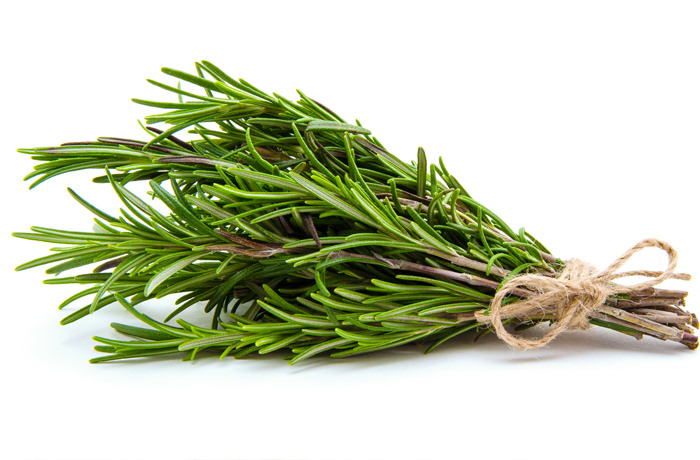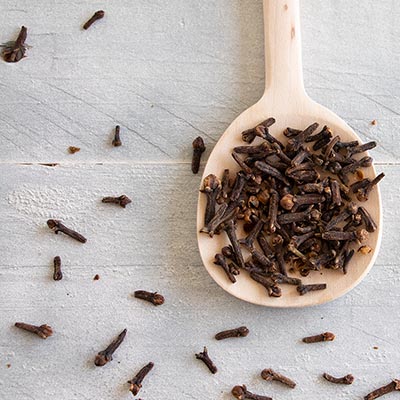Since ancient times, the needle-like spice herb has been highly valued by Romans and Egyptians. The Greeks consecrated the rosemary to the goddess Aphrodite, symbolizing love and marriage. This symbolism is still evident today in the popular names for rosemary such as bride's cabbage or Marian cabbage.
Originally, rosemary comes from western southern Europe, where it still grows in wild surroundings. Later in the Middle Ages, rosemary was cultivated by monks and nuns in many monastery gardens. Rosemary was especially popular as a medicinal herb, which was said to alleviate digestive problems, gout and rheumatism, complaints of liver and spleen as well as inflammations.
In traditional medicine, the herb also plays a role, the plant is said to have a positive influence on qi and thus help in particular with suffering of the heart, liver, spleen and intestines.
Rosemary belongs to the labiate family and is not winter-hardy by nature, although frost-hardy crops have also developed in the meantime. The evergreen plant can grow up to two meters tall in its natural habitat, with typical growth heights of 70 to 100 centimeters in the cultivated form. The needle-like structure of the leaves, which contain essential oils, is special.
Flavour of Rosemary
Rosemary has a strong spicy scent, is very aromatic and has a slightly tart, resinous note that reminds a bit of incense.
Usableness of Rosemary
Rosemary is not only very popular, but also very versatile. It goes just as well with meat and fish dishes as soups, salads or mushroom dishes. The delicious rosemary potatoes from the oven are well known, but rosemary is also delicious with roast potatoes or omelets.
Dried rosemary leaves belong in the herbs of Provence, the famous French herb mixture and those who like it a bit more unusual try desserts with the kitchen herb, such as crème caramel, panna cotta or parfait with rosemary note.





















